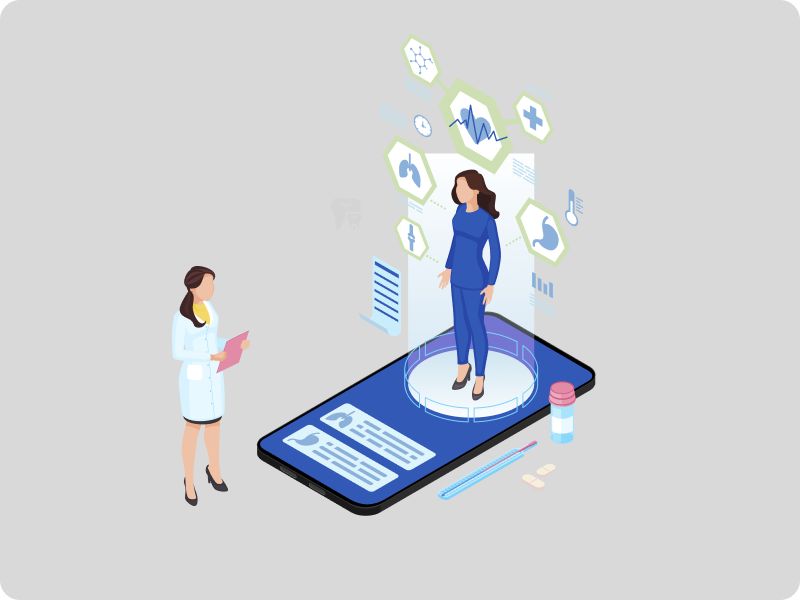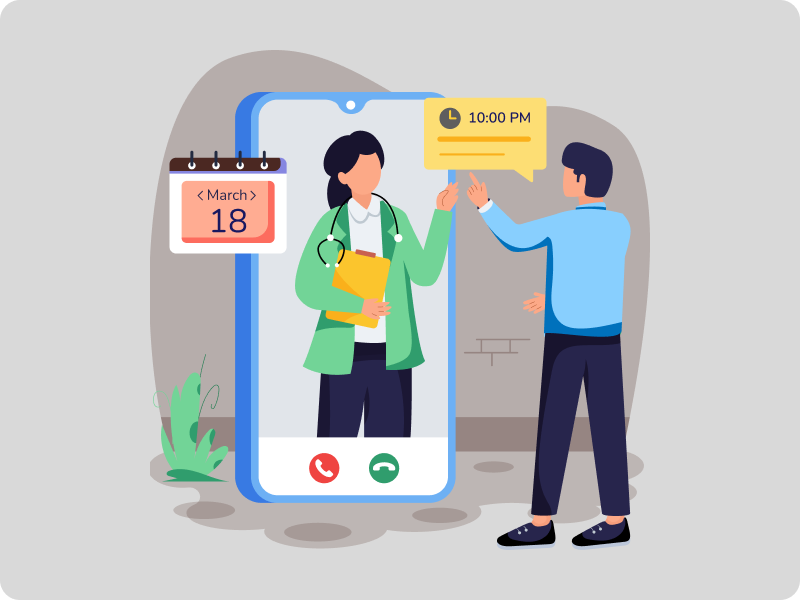Breaking Barriers: How to Overcome Resistance
to Digitization in Indian Healthcare
Despite the undeniable benefits of healthcare technology, many doctors in India are still reluctant to adopt digital tools. From Electronic Medical Records (EMR) and digital prescriptions to automated appointment systems and online consultations, the tech is ready but the mindset shift is lagging behind.
For most practitioners, especially those running independent practices, the resistance comes from fear: fear of disruption, fear of complexity or fear of losing personal touch in patient care.
But here’s the truth: digitization doesn’t replace good care, it enhances it. And with the right system in place, going digital is easier and more rewarding than ever.
Common Reasons for Resistance to Digitization
1. “I’m Not Tech-Savvy”
Doctors often feel overwhelmed by software they think will be too complex. The right digital platform, however, is designed with simplicity in mind, tailored specifically for healthcare providers, not IT experts.
2. “I Don’t Have Time to Learn New Systems”
Time is a precious commodity for doctors. But digital tools are meant to save time—not waste it. Features like smart scheduling, automated reminders and one-click prescriptions reduce admin load and free up hours every week.
3. “What If My Data Gets Hacked?”
Security concerns are valid but outdated. Today’s healthcare platforms offer military-grade encryption, regular backups and strict access control, ensuring that your patient data stays protected. Always look for platforms that are compliant with global data safety and privacy laws.
4. “Patients Prefer Traditional Methods”
More patients than ever are looking for digital-first healthcare organizations with online appointment booking, prescription alerts, WhatsApp updates and mobile access to health records. Adopting digital tools can actually help you attract and retain modern patients.
How Digitization Improves Daily Practice
Practical Steps to Go Digital Without the Hassle
1. Start Small
You don’t need to go fully digital overnight. Begin with one or two features like digital appointments or EMR and expand gradually.
2. Choose the Right Partner
Work with a healthcare platform that offers onboarding support, regular updates and all-in-one tools from IVR and EMR to billing and lead management.
Start your digital transformation today
3. Involve Your Staff
Train your team to use the new system. Many platforms offer training videos, user support and simplified interfaces that make the transition smooth.
4. Talk to Other Doctors Who’ve Made the Shift
Nothing builds trust like peer experience. Speak with colleagues who’ve adopted digital tools and learn from their journey.
The Future Is Digital and It’s Doctor-Friendly
Digitization isn’t about replacing traditional care, it’s about making it more efficient, accessible and rewarding for both doctors and patients. With the right tech partner, the transition can be smooth, secure and profitable.





